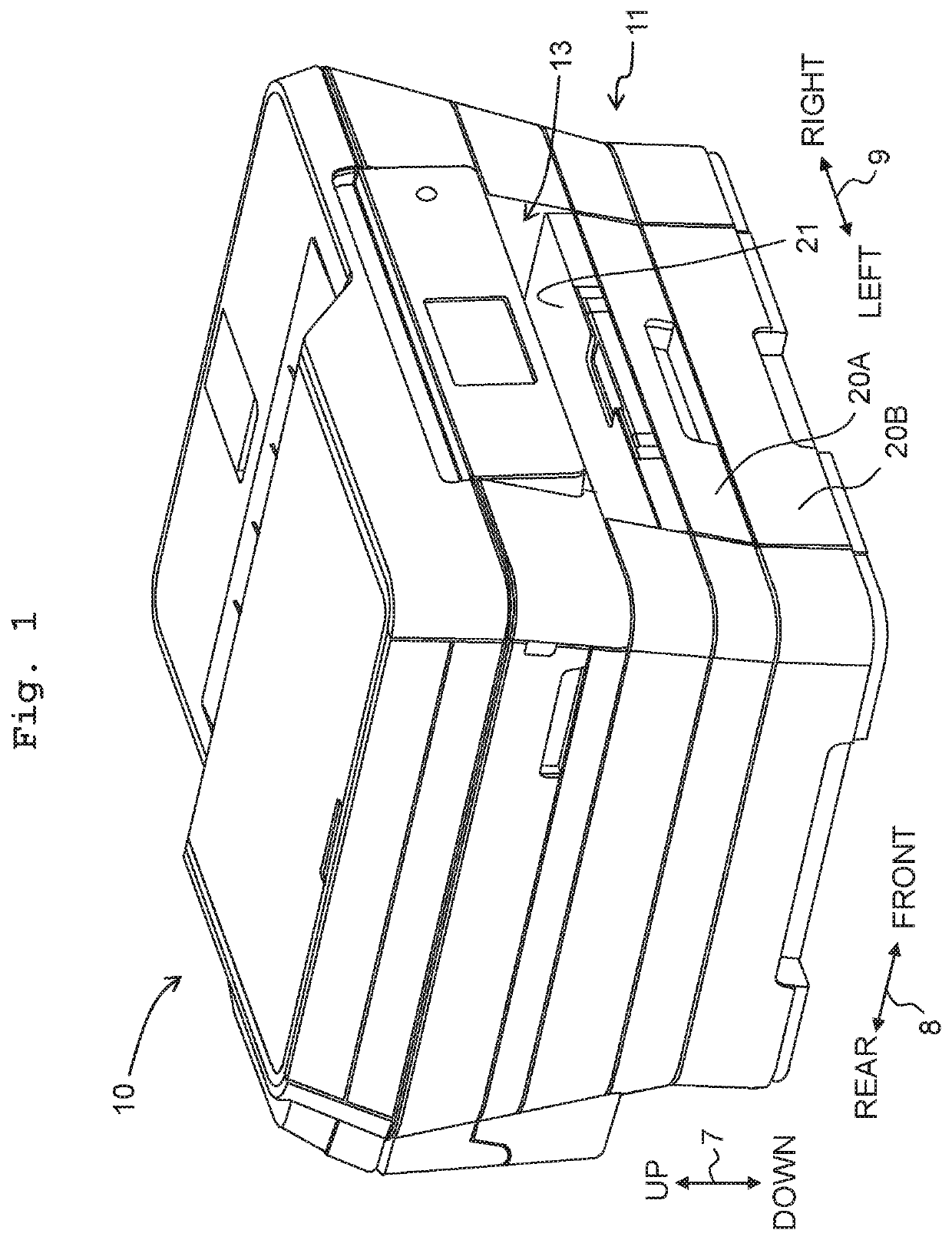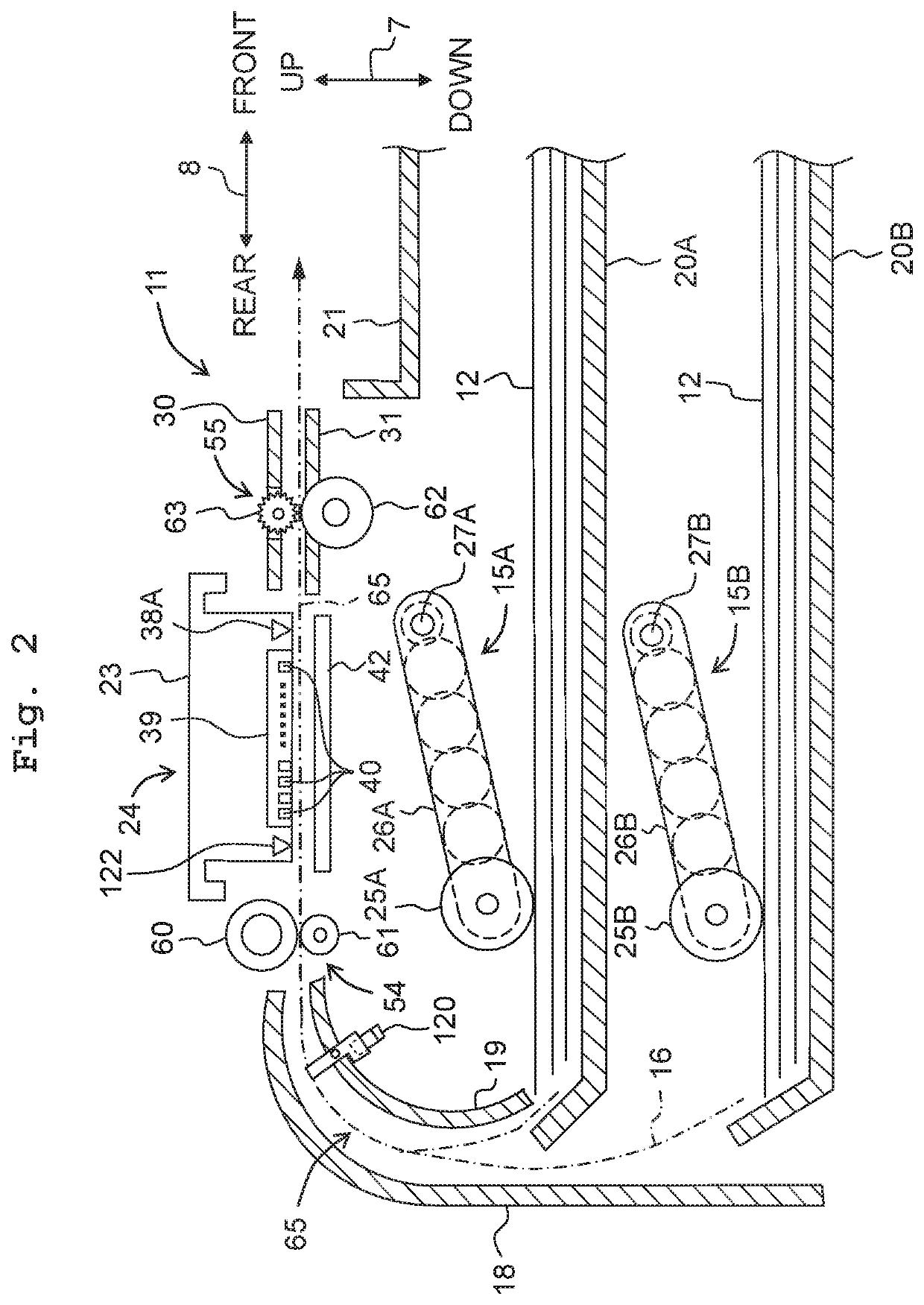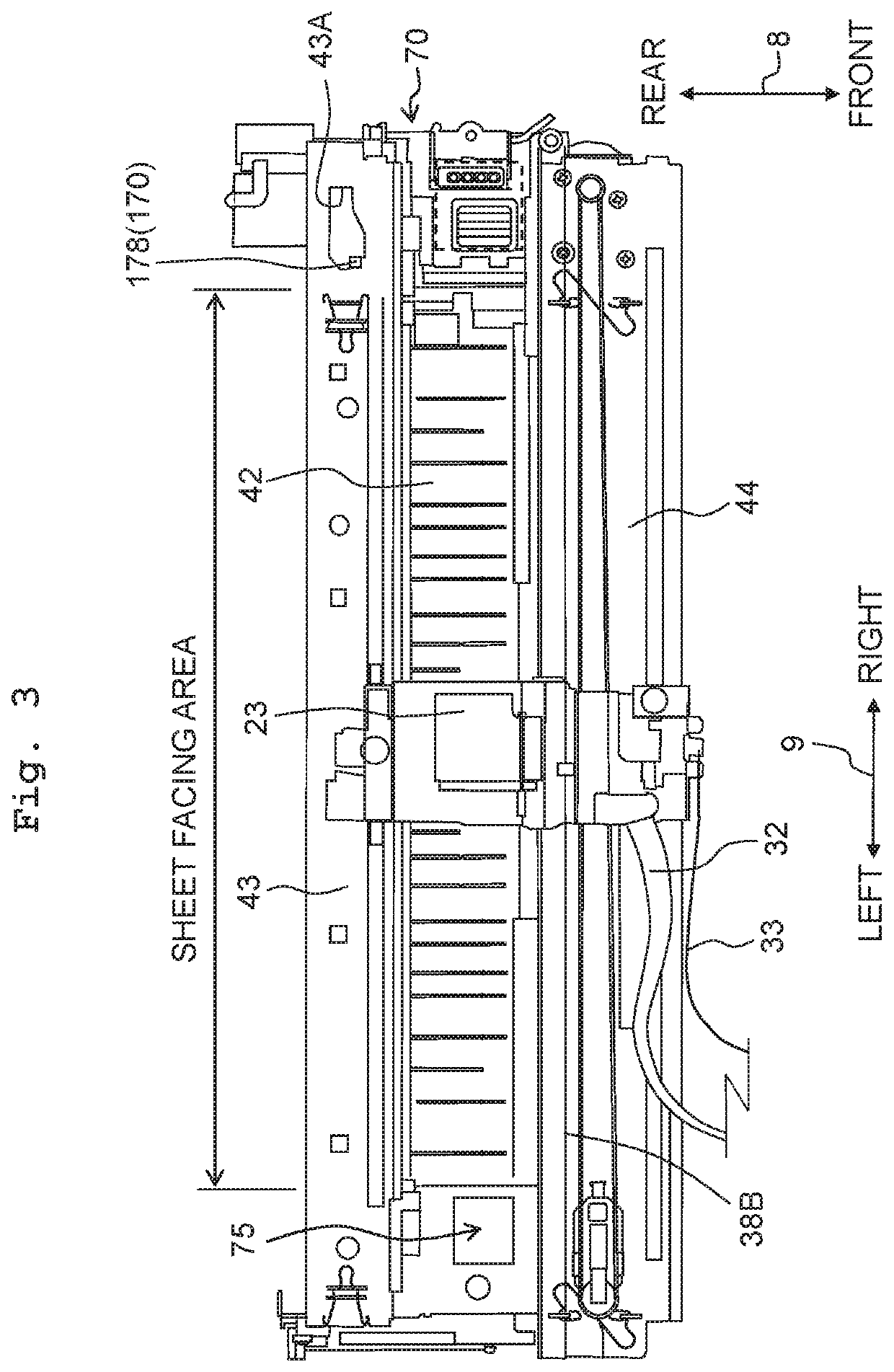Ink-jet printer
a technology of inkjet printer and inkjet printing, which is applied in the direction of printing, other printing apparatus, etc., can solve the problems of reducing the execution time of each of the respective processing components of preparing processing, and accumulating small or slight load in the electronic circuit. , to achieve the effect of prolonging reducing the execution time of the flushing processing, and reducing the l a technology of the execution time of the execution time of the execution time of the execution time of the execution time of the execution time of the execution time of the execution time of the execution time of the execution time of the execution time of the execution time of the execution time of the execution time of the execution time of the execution time of the execution time of the execution time of the execution time of the a printer and the effect of the execution time of the a printer and the effect of the execution time the effect of the preparing the processing
- Summary
- Abstract
- Description
- Claims
- Application Information
AI Technical Summary
Benefits of technology
Problems solved by technology
Method used
Image
Examples
Embodiment Construction
[0026]In the following, an embodiment of the present teaching will be explained, with reference to the drawings. Note that, however, the embodiment explained below is merely an example of the present teaching; it goes without saying that it is possible to make any appropriate change(s) in the embodiment of the present teaching without departing from the gist and / or scope of the present teaching. Further, in the following explanation, advancement (movement) from a starting point to an end point of an arrow is expressed as an “orientation” and coming and going on a line connecting the starting point and the end point of the arrow is expressed as a “direction”. Furthermore, in the following explanation, an up-down direction 7 is defined with a state in which a multi-function peripheral 10 is usably installed (a usable state; a state depicted in FIG. 1), as the reference; a front-rear direction 8 is defined, with a side on which an opening 13 of the multi-function peripheral 10 is provi...
PUM
 Login to View More
Login to View More Abstract
Description
Claims
Application Information
 Login to View More
Login to View More - R&D
- Intellectual Property
- Life Sciences
- Materials
- Tech Scout
- Unparalleled Data Quality
- Higher Quality Content
- 60% Fewer Hallucinations
Browse by: Latest US Patents, China's latest patents, Technical Efficacy Thesaurus, Application Domain, Technology Topic, Popular Technical Reports.
© 2025 PatSnap. All rights reserved.Legal|Privacy policy|Modern Slavery Act Transparency Statement|Sitemap|About US| Contact US: help@patsnap.com



